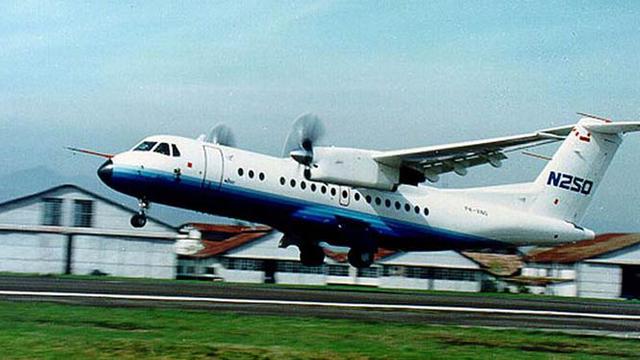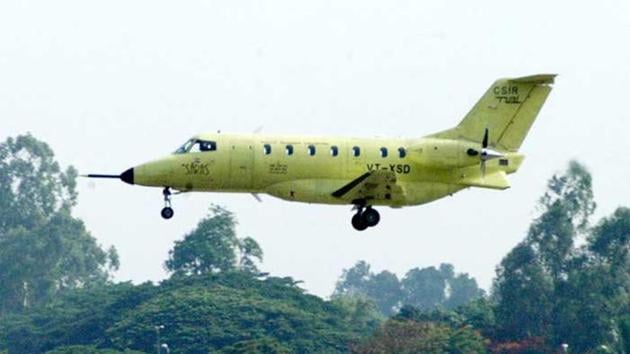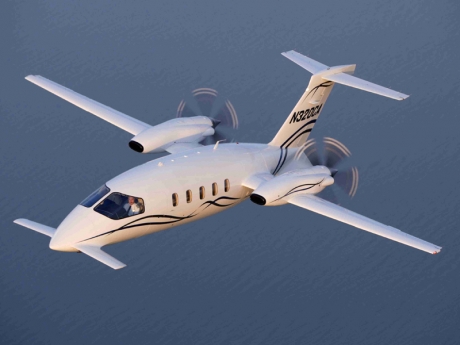How the Saras aircraft will be a game-changer | Analysis
The latest advancements will strengthen regional passenger connectivity, and add to India’s growth story
The Saras project will go a long way towards meeting the aspirations of the government that intends to improve rural air connectivity between tier-two and tier-three cities.(Hindustan Times)
Updated on Oct 15, 2019 08:08 PM IST
The first-ever indigenous light passenger aircraft
Saras is all set to soar the skies, and will prove to be a game-changer in domestic civil aviation. With the fillip to domestic manufacturing by Prime Minister (PM) Narendra Modi, the 19-seater
Saras Mk2 project led by the Council of Scientific and Industrial Research (CSIR)-National Aerospace Laboratories (NAL) is slated to be one of the biggest achievements under the Make In India mission.
In just four more years,
Saras Mk2 will obtain final certification. Their induction into the Indian Air Force (IAF) will begin from 2024. It is encouraging that the IAF has already committed to the induction of 15 such aircraft for various applications such as troop movement, VIP transport and supply roles during emergency situations. The in-house design and manufacturing of
Saras Mk 2 are now attracting global attention. The reasons are the low acquisition and operating costs, high aircraft performance abilities and the latest generation technologies compared to any contemporary aircraft such as
Dornier Do 228NG (Germany),
N219 (Indonesia),
Beechcraft 1900D (US),
LET 410 NG (Czech Republic) and
Harbin Y12F (China).
The
Saras project will pave the way for the knowledge generation, design and development of the 70-90 seat aircraft for regional passenger connectivity. The design studies of the next generation 70-90-seater regional transport aircraft are on, and the proposal is under examination by the ministry of civil aviation. The
Saras MK 2 project will, therefore, be a unique example of co-development, co-production under the Make in India initiative.
It is also attracting a lot of attention with the government having announced the ambitious UDAN scheme to facilitate and stimulate regional air connectivity at affordable fares to offer air travel to those who walk with ‘
hawai chappals’, and decided to expedite efforts in the manufacturing of the indigenous light passenger aircraft. The first attempt to design and develop a multi-role transport aircraft began in 1999 after the green signal from then PM AB Vajpayee, and award of the prestigious project to the NAL, a constituent of the CSIR.
The CSIR-NAL, without prior experience, designed and developed the first prototype of
Saras. Consequently, the first successful maiden flight took off on May 29, 2004, thus enabling India to join the elite club of five nations to manufacture the light passenger transport aircraft.
After taking over as Union minister of science and technology, I visited NAL in 2015 and saw the manner in which the efforts of our scientific community were being wasted as the once-famous
Saras prototype stood in the hangar waiting to be revived. I convened a meeting and exhorted our scientists and engineers to restart work on the project and not feel demoralised by what had happened.
The project was soon back on track. A team of 40 young enthusiastic scientists, under the leadership of JJ Jadhav, director, CSIR-NAL, worked round-the-clock to effect various modifications on their first
Saras prototype aircraft (PT1) and to overcome the deficiencies during the earlier flight testing. The modified
Saras took to the skies once again in a period of 14 months on January 24, 2018.
The modified version of
Saras has completed 23 flights. The
Saras project will go a long way towards meeting the aspirations of the government that intends to improve rural air connectivity between tier-two and tier-three cities. There is no doubt that India urgently needs a Light Transport Aircraft like
Saras.
An estimated demand for the small civil and military aircraft will be 120 to 160 craft in the next 10 years. There is also export potential. Seeing the capability, the government in June gave ~496 crore to CSIR-NAL make two production-standard aircraft (the 19-seater
Saras Mk2) following which technology will be transferred for production by HAL.
NAL has already started design activities related to the 19-seater
Saras Mk2 for building the two production standard aircraft and two sets of structural test articles. This is being done with the involvement of private/public sector industries, MSMEs, other research laboratories of CSIR and academic institutions. The most-advanced model-based design, system engineering and product life-cycle tools are being used. Four years down the line, the aircraft is expected to be certified and their induction will begin from 2024. It is encouraging that the IAF has already committed induction of 15 aircraft. This reflects the culture of turning impossible to possible as practised by our PM.
Indian scientists are among the best in the world. My endeavour has been to allow our scientists and engineers to develop innovations that will lead to import substitution. With the development and success of
Saras, the Indian scientific community has once again proved its capacity to add to India’s growth story.
Harsh Vardhan is Union minister of health and family welfare, science and technology and earth sciences
Thew views expressed are personal
The latest advancements will strengthen regional passenger connectivity, and add to India’s growth story

www.hindustantimes.com










